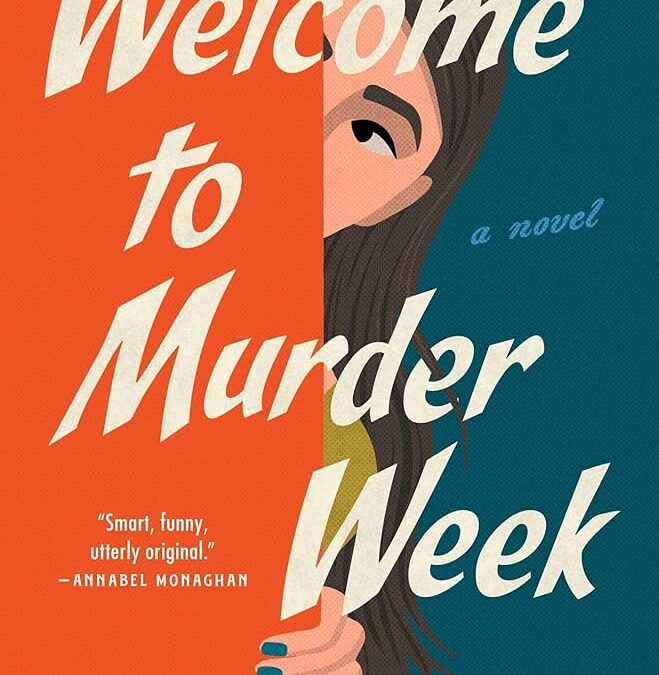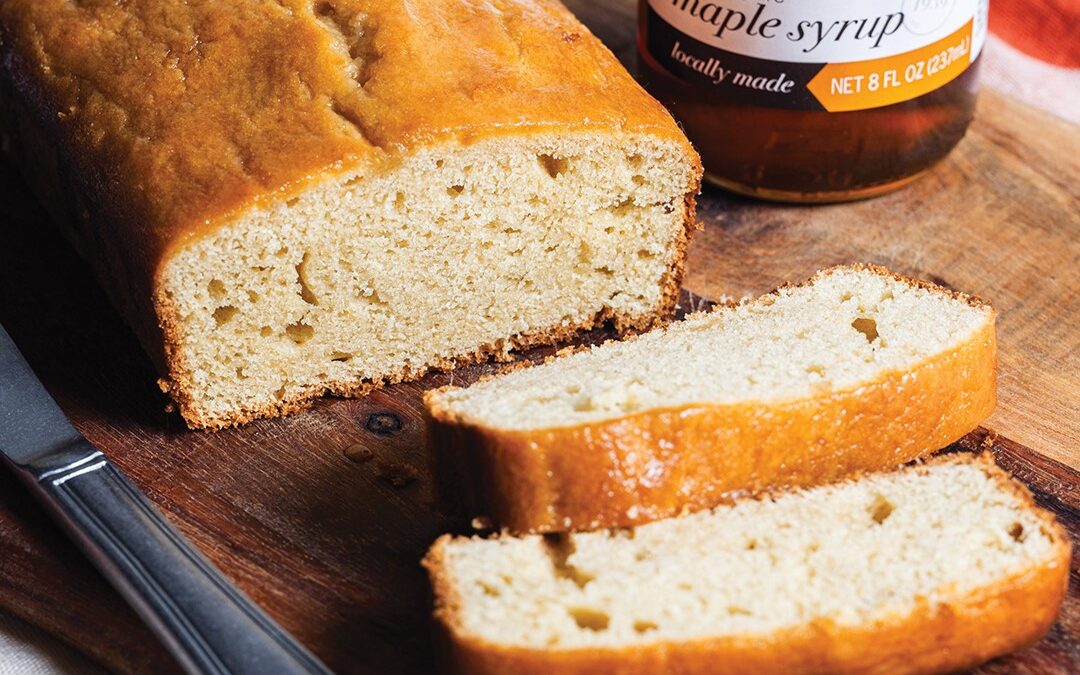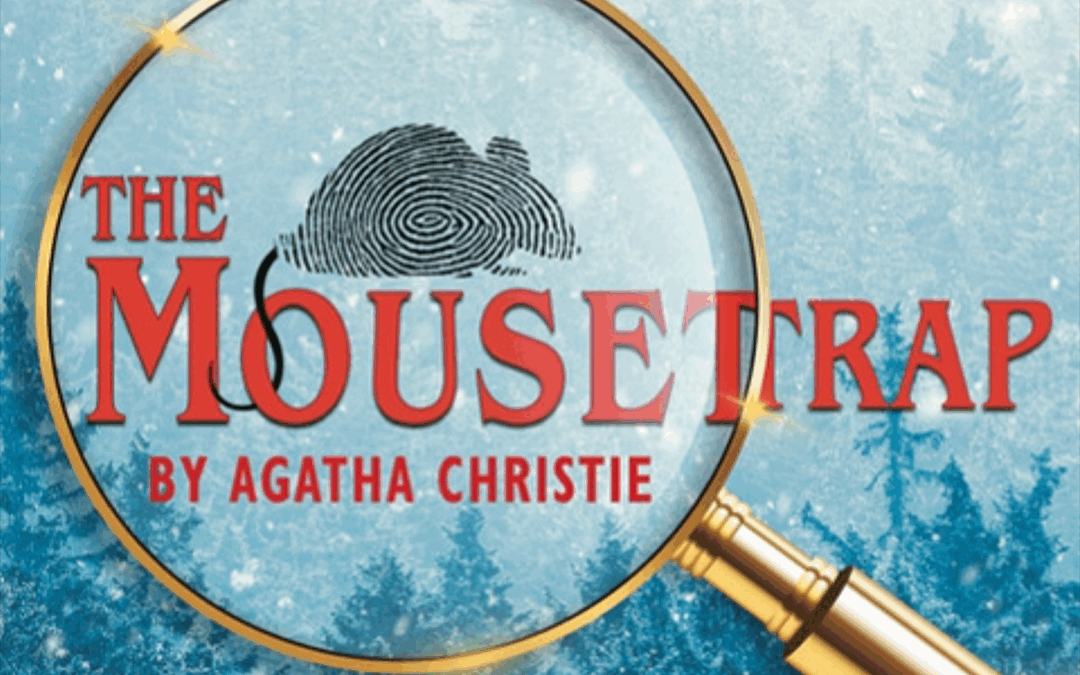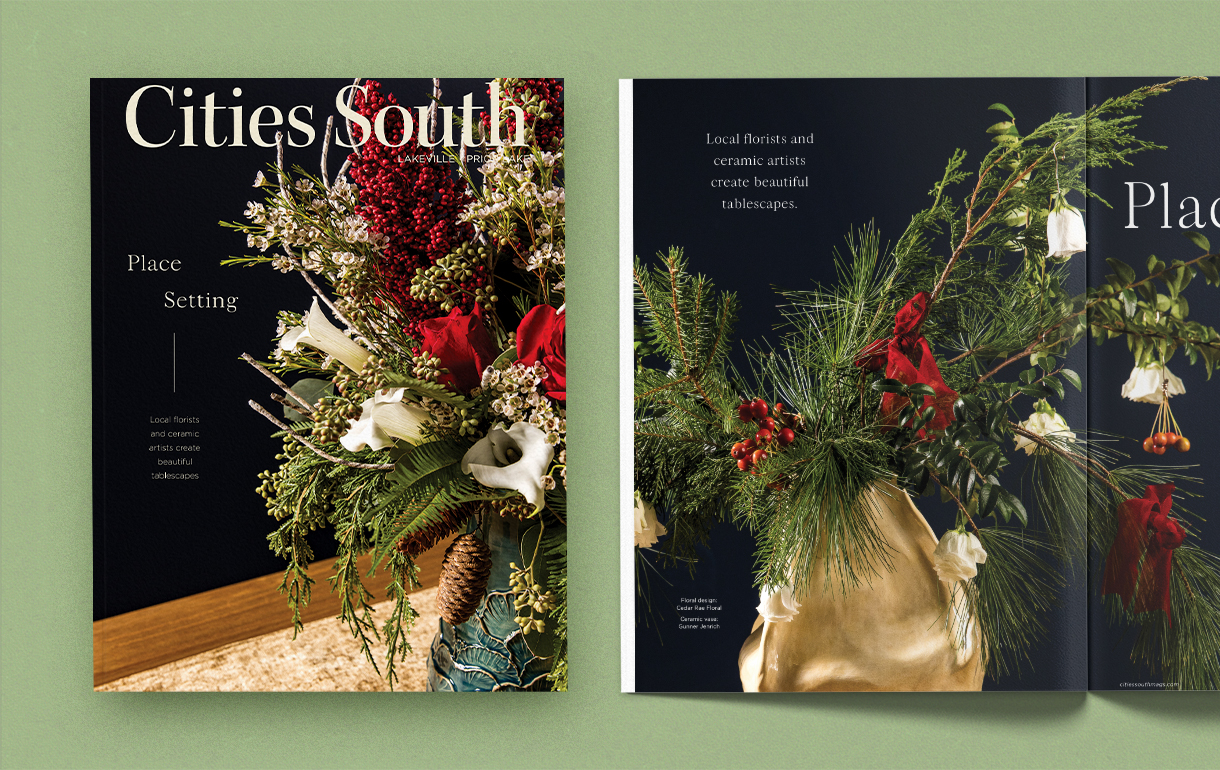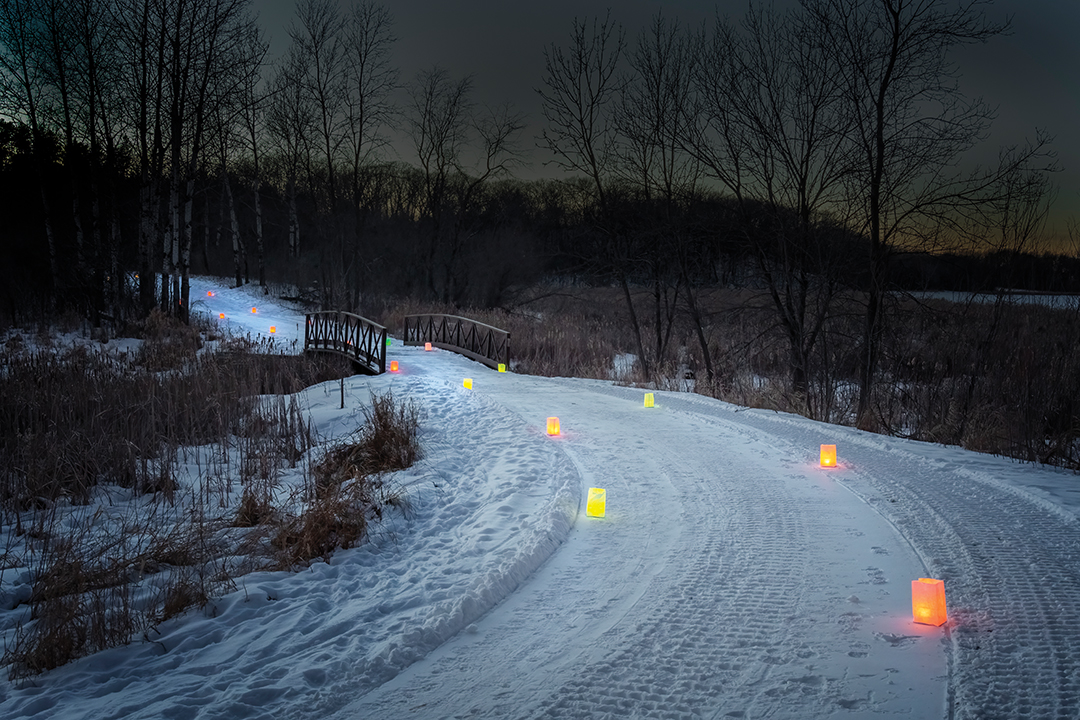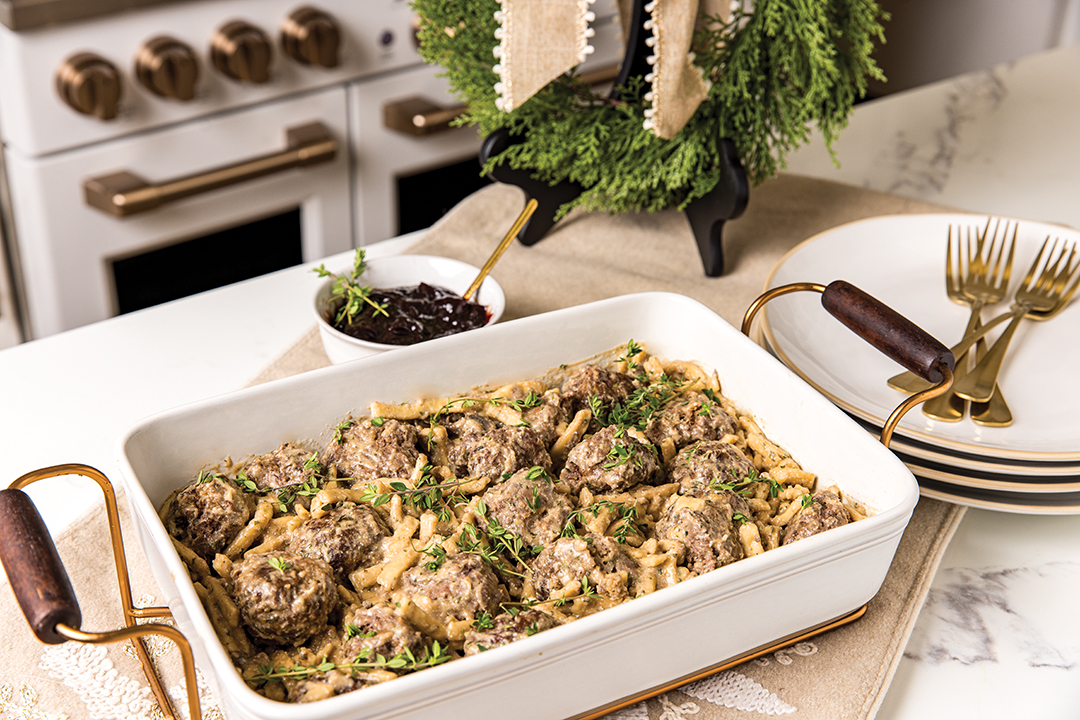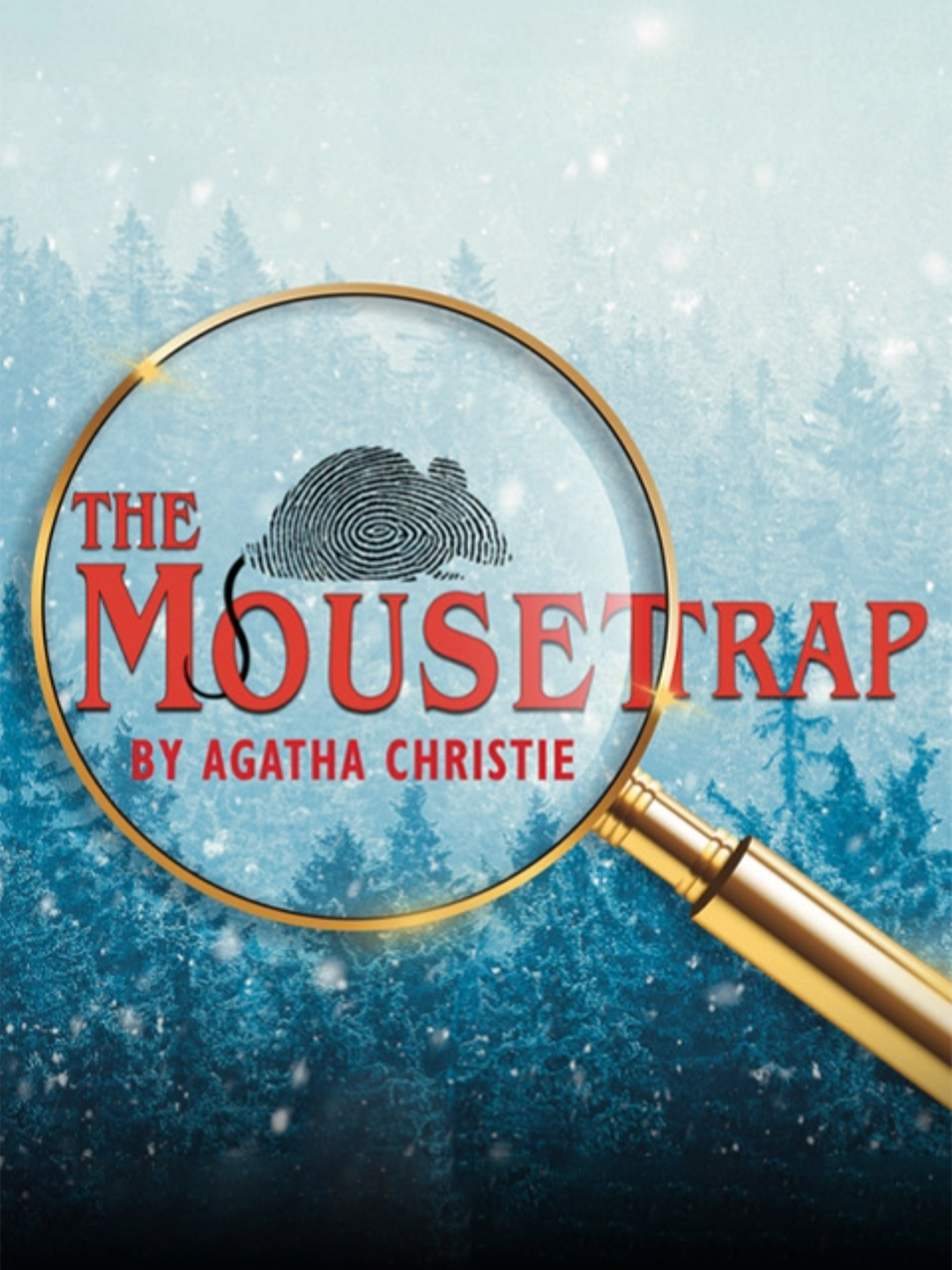
Photos: Chris Emeott
Attract birds, bees and butterflies to your outdoor space with these suggestions from Sailer’s Greenhouse.
As you plan and plant this year’s garden, don’t underestimate the joy of watching a hummingbird seeking nectar or spotting the first monarch butterfly of the season, returning from its long migration to Mexico. With some carefully selected plants, your gardens can become a magnet for birds and butterflies.
We asked Nikki Sailer of Sailer’s Greenhouse in Prior Lake for inspiration on what to plant this season. “There are many plants that are great for attracting pollinators,” she says. “They are typically attracted to plants that have large, bright flowers. The more you plant, the greater habitat you will create, which will lead to more pollinators.”
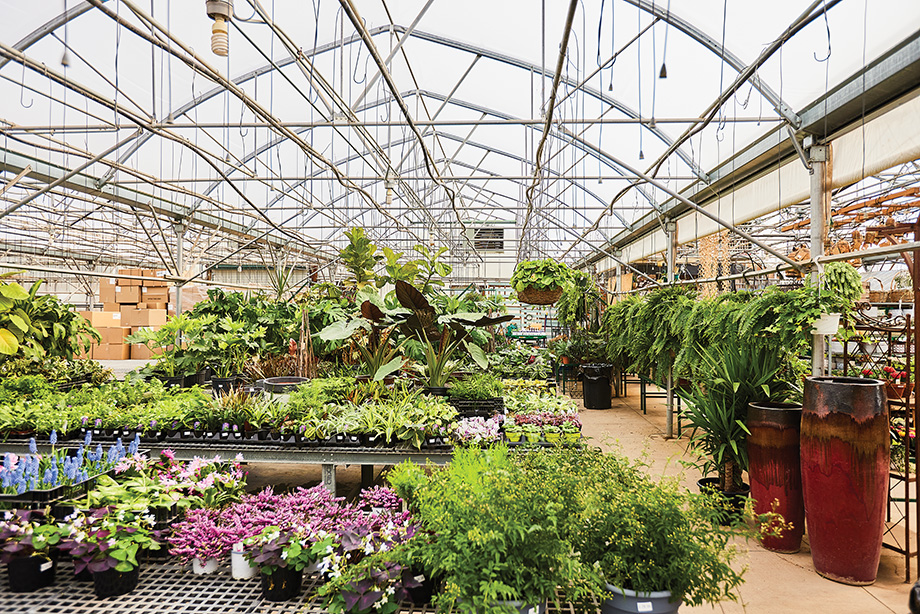
Perennial Plants
For those ready to shovel dirt but unaware of what to put in it, Sailer suggests perennial plants that return year after year. Perennials typically do better in the ground than in a container, and they usually have a specific bloom time throughout the season (unlike annuals, which often bloom all season).
- Bee Balm (monarda) Also known as bergamot, this plant has colorful flowers, that attract butterflies, bees and hummingbirds when planted in large swaths. Plant in full sun or part shade.
- Ornamental Onion (allium ‘millenium’) These low-maintenance flowers do best in full sun and bloom in mid-to late summer. It attracts butterflies and have an oniony smell.
- Butterfly Weed (asclepias tuberosa) Sailer describes this plant as a “cute, little perennial that obviously butterflies love.” It’s also low maintenance, loves full sun and has bright orange flowers that add a pop of color to gardens.
- Black-eyed Susan (Rudbeckia) There are several different varieties of Black-eyed Susans, known for attractive, bright yellow petals surrounding a dark brown or black cone-shaped center. It blooms in late summer.
- Milkweed (Asclepias) Another important plant that has the unfortunate “weed” moniker, Milkweed is essential to the survival of monarch butterflies, as well as other pollinators.
Annual Plants
Annual plants won’t survive a Minnesota winter, so gardeners will only have these types of plants for one year. On the plus side, Sailer says they typically bloom all summer, which is great for pollinators.
- Vermillionaire® Large Firecracker Plant (cuphea hybrid) Prolific orange flowers with red or yellow highlights make this plant a stunner in the center of a container. Vermillionare is known for attracting lots of hummingbirds.
- Annual salvias (salvia) With a wide variety of annual salvias, there’s likely one that’s perfect for your container or garden bed. Sailer recommends salvia guaranitica black and blue, which attracts hummingbirds and butterflies.
- Fuchsia (fuchsia) This plant, with lovely two-toned flowers, drapes beautifully in a hanging basket. Keep it in a shady spot, and don’t let its soil dry out. The hummingbirds will thank you.
- Lantanas (lantana) This easy-to-grow plant provides good filler in a container and comes in a wide variety of bright colors.
- Sunflowers (helianthus) There’s a plethora of sunflowers out there, and most varieties grow tall, making them ideal for planting in the ground. Sailer says it’s great to grow from seed.
- Zinnias (zinnia) Zinnias work well for containers or mass plantings. It also comes in a variety of colors and sizes. It’s a great plant for pollinators because it blooms all season, Sailer says.
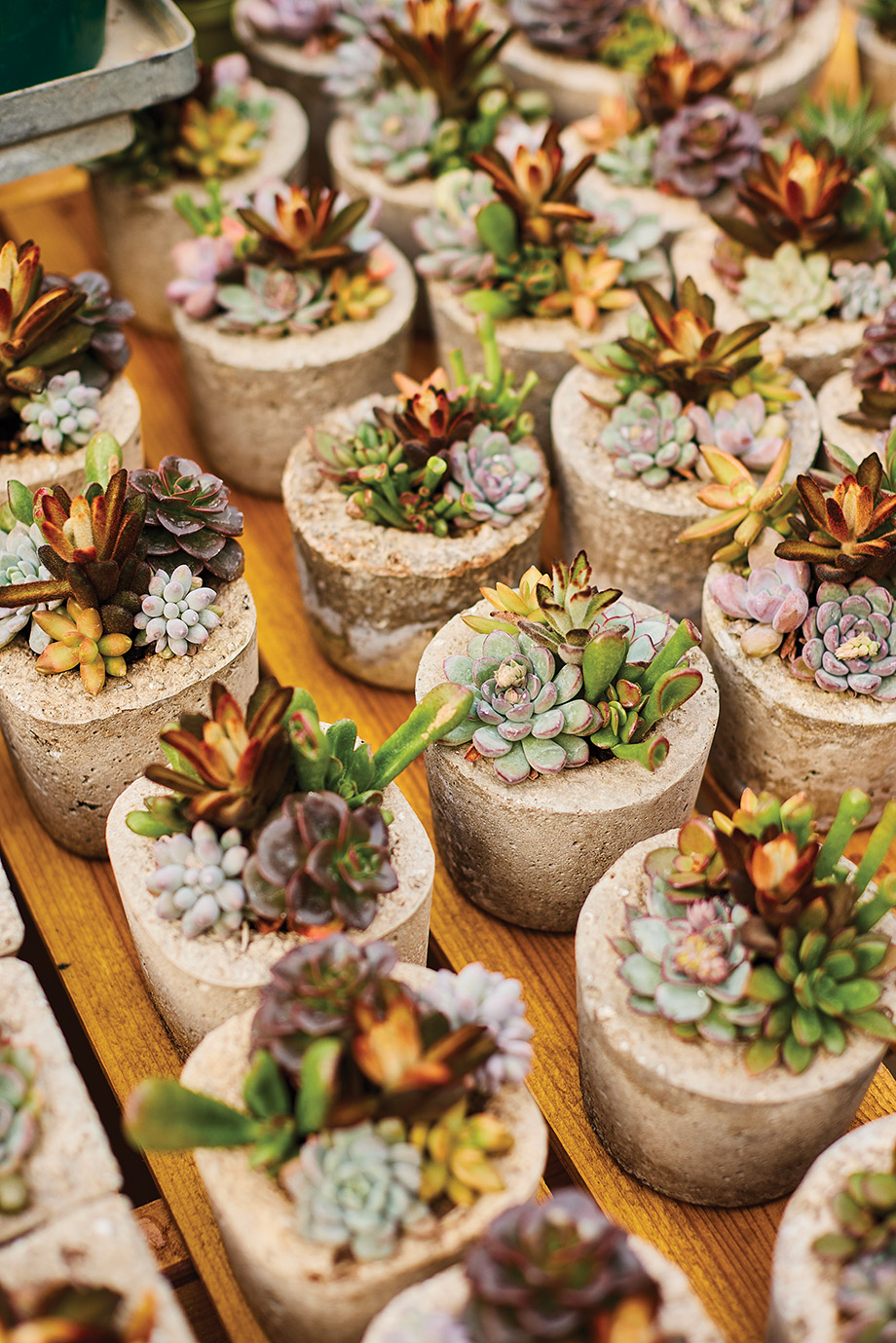
Looking to beautiful the inside of your home as well? Sailer’s Greenhouse also has a variety of indoor plants including succulents.
Sailer’s Greenhouse
1610 170th St. E., Shakopee; 952.403.0630
Facebook: Sailer’s Greenhouse
Instagram: @sailersgreenhouse

